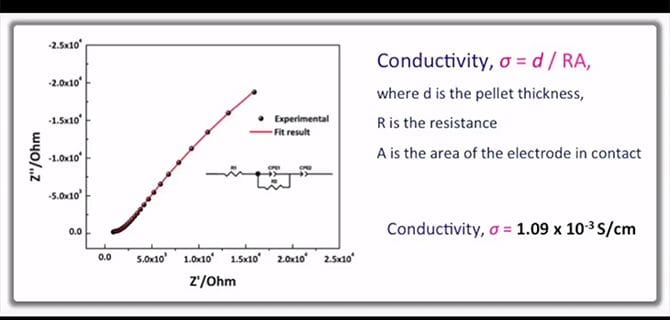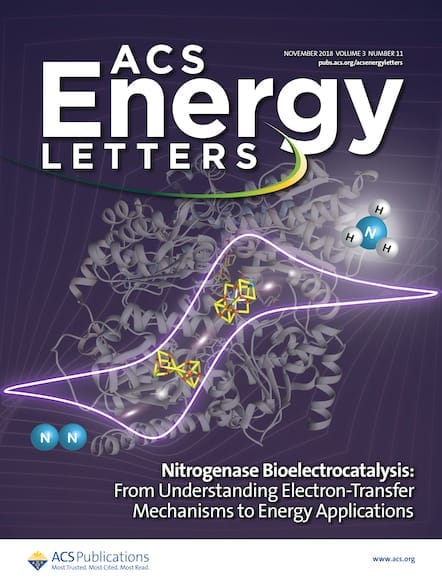This video looks at various strategies currently used to enhance ionic conductivity, including theoretical approaches, ultimately optimizing the electrolyte/electrode interface and improving cell performance.

Batteries based on conventional organic electrolytes are useful, but they can present safety concerns. Inorganic solid lithium ion conductors show promise as a replacement. Achieving a level of conductivity in solid lithium ion conductors comparable with that in liquid electrolytes remains a challenge, however. One of the approaches for achieving a desirable conductivity is doping of various elements into the lattice framework.
This video, based on a Perspectives paper in ACS Energy Letters, discusses the structure and conductivity of crystalline Li-ion conductors includes description of NAtrium Super Ionic CONductor (NASICON)-type conductors, garnet-type conductors, perovskite-type conductors, and Lithium Super Ionic CONductor (LISICON)-type conductors. The video looks at various strategies currently used to enhance ionic conductivity, including theoretical approaches, ultimately optimizing the electrolyte/electrode interface and improving cell performance.

